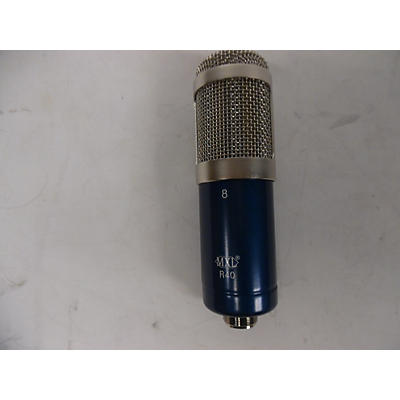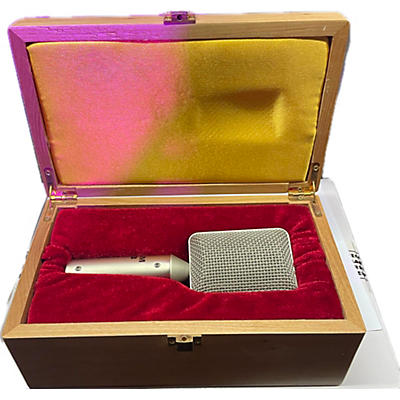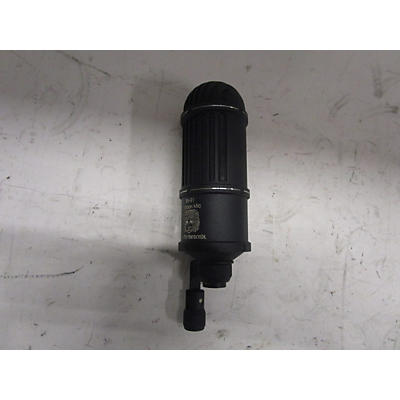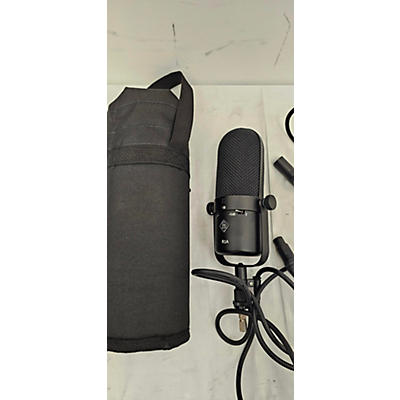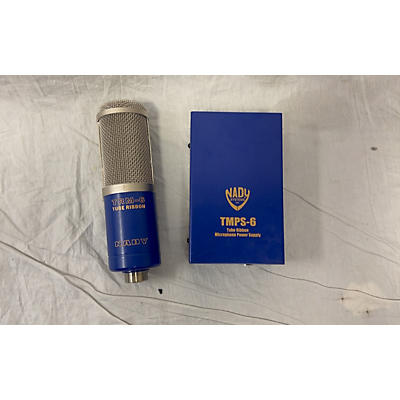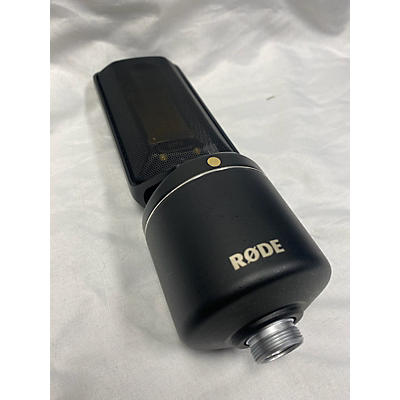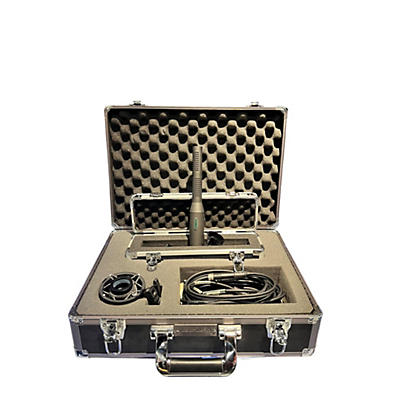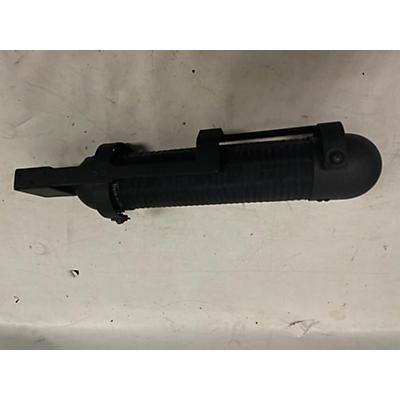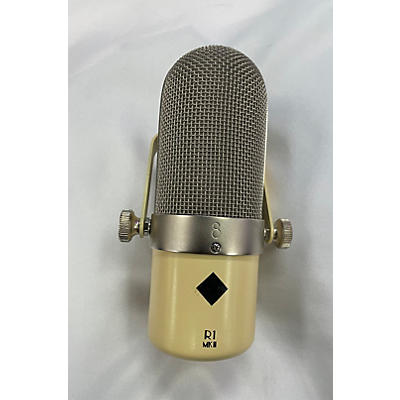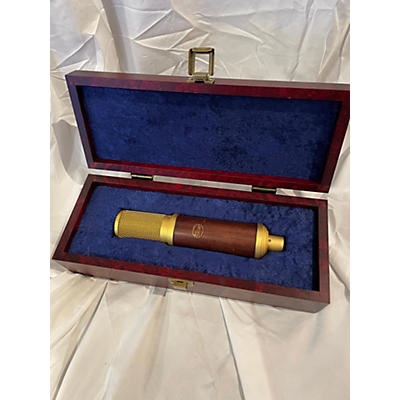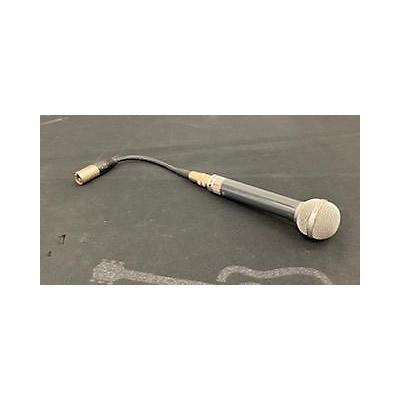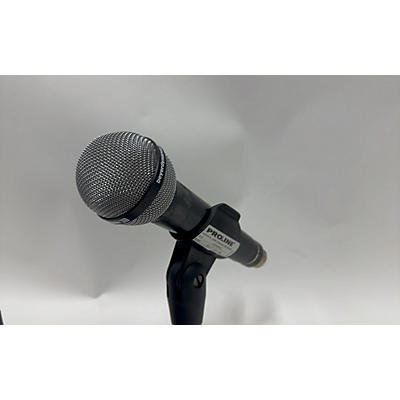Ribbon Microphones have always been known for their incredibly warm, natural sounds when recording or broadcasting. A favorite among purists for many years, technological advances have made these microphones a viable option for anyone who records sound for a living.The science behind ribbon microphones is pretty basic. A thin metal strip, connected to the microphones output, is suspended between two magnets. Vibrations within the magnetic field generate an electrical signal, which in turn helps produce the sounds that come from the microphone. Because the metal strip is shaped like a figure-8, ribbon microphones are often said to be “bi-directional†microphones, meaning that they pick-up sound from the front and back of the element. Because of this characteristic these microphones are ideal for recording vocals for choirs and background singers. Since they pick-up sound from the front and the back, you won’t have to mic every singer, rather they can just stand on either side and still be heard clear as day. They are also fantastic for recording face to face conversations, so if you are the host of a podcast that focuses heavily on interviews, a ribbon microphone can give your show a natural feel and flow. Another great application for ribbon microphones is for recording guitar, either acoustically or from a cabinet. Because of their inherent warmth, these microphones can capture the sounds of stringed instruments with amazingly rich clarity. Horn sections also benefit from a similar richness, making these mics an important part of any studio set-up. Different mics are able to fulfill different roles within the studio or live environment. It’s important to make sure that you have the right microphone for the right job. With a ribbon microphone, you’ll be able to pick up sounds with wonderful character and color. Whether you’re recording a sit down chat with a special guest, or the vintage sounds of your guitar, a ribbon microphone is an excellent addition to your set up.






































































































































